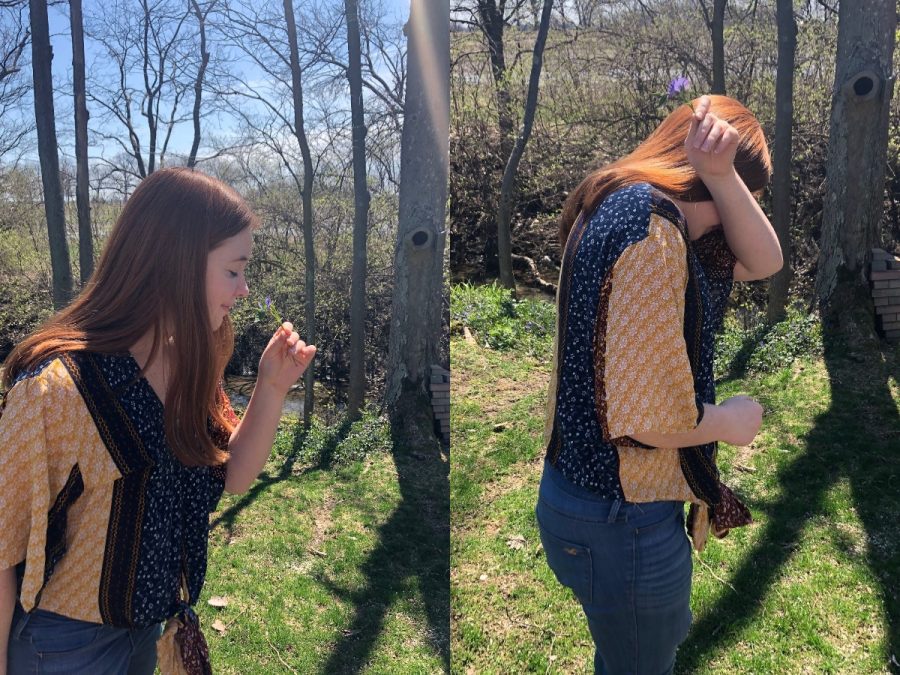Allergy Season: Why it’s Getting Worse
Achoo! Pollen from flowers like this one cause many of us to sniffle and sneeze this time of year.
April 3, 2020
Ah, spring. Warm breezes blowing, flowers blooming, rain falling… the perfect environment for allergies.
Seasonal allergies are caused by sensitivity to certain pollens or mold spores. According to acaai.org, spring allergies are most often caused by tree and grass pollination, while ragweed is the biggest culprit behind summer and fall allergies.
More than 50 million Americans deal with seasonal allergies, and they usually start in the spring, when trees begin to pollinate. However, many of those who battle seasonal allergies have noticed their symptoms worsening and lasting for longer periods of time. 75% of students surveyed on the @jahs_news Instagram say that they feel like their allergies have gotten worse over the past few years. “I actually didn’t even realize I had allergies until probably my freshman year,” says senior Rebekah White. “Now, I wake up with extremely puffy eyes and feel like my voice is scratchy at certain times of the day.”
But what’s causing this slew of sneezing? Climate change may be to blame, as well as a phenomenon known as “botanical sexism.”
According to Mike Iorfino from Penn Medicine, “Warmer temperatures extend the growth cycle of plants. The weather causes trees, grasses and weeds to pollinate earlier, and delays the onset of the first frost date – prolonging the duration of the growing season.”
Additionally, warmer temperatures allow plants to move farther and farther north, exposing people to pollen they haven’t developed a resistance to. The director of allergy programs at Penn Medicine, Micheal Phillips, MD, says, “Now that it’s getting warmer, we are seeing plants in Philadelphia that never used to grow this far north. And since we haven’t been exposed to these plants before, they can be potent allergens.”
Wild plants aren’t the only ones causing allergies to worsen: selective landscaping is also making us sniffle more. Cities tend to prefer male trees over female trees, since the males don’t shed seeds, fruit, or pods. While this “botanical sexism” makes landscapers’ jobs easier, it also makes our allergies worse.
Thomas Leo Ogren, the creator of the Ogren Plant Allergy Scale, says, “The problem is that while these trees and plants are ‘litter-free’, they all produce abundant allergenic pollen.” Not only does more male trees mean more pollen production, but also less female trees to trap this pollen.
To permanently stop our allergies from getting even worse, we’ll need to reduce the air pollution causing global warming, and plant more female, pollen-catching trees. To avoid sniffling and sneezing in the meantime, White says, “Every night I take an allergy pill, and use a nasal spray and eye drops.” acaai.org says to keep your home’s doors and windows shut, shower and change clothes after working or playing outside, and consider wearing a filter mask while mowing the lawn or doing other outdoor chores.









